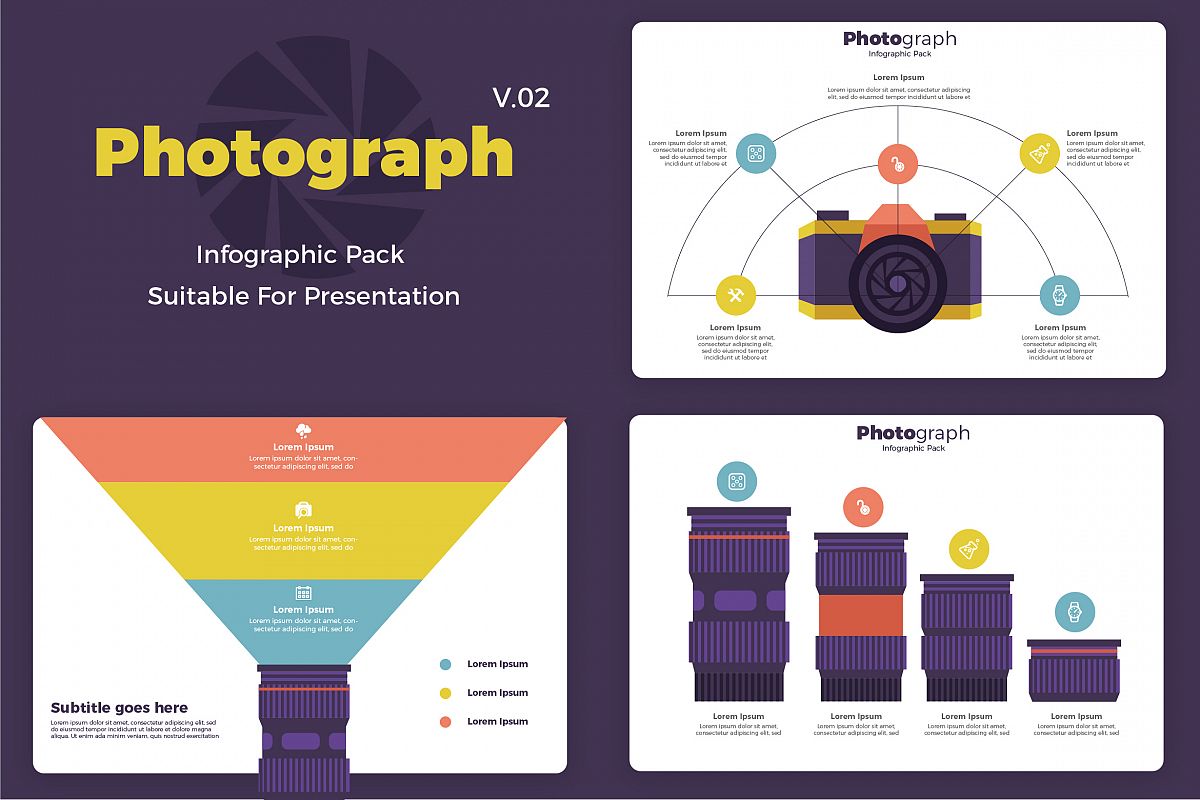Digital Photography Tips For Beginners: Understanding Your Cam In No Time
Digital Photography Tips For Beginners: Understanding Your Cam In No Time
Blog Article
Short Article Composed By-Whitley Ploug
When you initially pick up your camera, it can really feel overwhelming with all the setups and choices readily available. You may find yourself questioning just how to browse aperture, shutter speed, and ISO properly. Grasping these principles is crucial, but there's even more to photography than just technical knowledge. Comprehending composition methods and illumination conditions can boost your images substantially. So, what happens if you could discover easy strategies to enhance your abilities and start catching outstanding photos faster than you think? Let's explore how to change your photography trip.
Comprehending Video Camera Settings
Understanding your electronic camera setups is crucial for capturing spectacular images. When you pick up your electronic camera, familiarize yourself with the three main setups: aperture, shutter rate, and ISO. Each plays a vital duty in just how your images end up.
Start with aperture, which controls the quantity of light entering the lens. A bigger aperture (lower f-number) allows much more light and develops an attractive history blur, best for pictures. Alternatively, a narrower aperture (higher f-number) maintains even more of the scene in focus, ideal for landscapes.
Next, concentrate on shutter rate. This setup determines how much time your electronic camera's sensing unit is subjected to light. A rapid shutter speed freezes motion, which is fantastic for activity shots, while a slow-moving shutter speed can produce sensational effects like smooth water in landscapes.
Finally, change your ISO. This setting affects your electronic camera's sensitivity to light. A greater ISO serves in low-light circumstances yet can present sound or grain. Go for the lowest ISO feasible while still attaining correct exposure.
Composition Methods
When you're out shooting, structure can make all the difference in just how your pictures resonate with audiences. Start by using the guideline of thirds; visualize your structure split into nine equivalent areas with 2 straight and two upright lines. Setting crucial elements along these lines or at their crossways to develop balance and passion.
Next, think about leading lines. These all-natural lines in your scene, like roadways or rivers, attract the audience's eye right into the picture, directing them via the tale you're informing.
Don't forget framing; use aspects within your scene, like trees or windows, to produce a structure around your topic, adding deepness and emphasis.
Additionally, watch on your history. A messy history can distract from your primary subject, while a straightforward one helps it stand out.
Lastly, experiment with proportion and patterns; they can develop a striking picture that catches interest.
Learning Lighting Conditions
Grasping illumination problems is crucial for catching sensational photos, as the best light can transform an ordinary scene into something amazing.
Beginning by observing natural light at different times of the day. Mornings and late afternoons provide the best light, known as the gold hour. The soft, cozy tones throughout these times can enhance your pictures beautifully.
Don't avoid overcast days either; diffused light can minimize harsh shadows and develop a pleasing result, especially for portraits.
Try out backlighting by positioning your subject against the light. This strategy can develop a wonderful halo result and add deepness to your photos.
Take https://writeablog.net/miles8ralph/easy-ways-to-improve-your-picture-digital-photography of your video camera settings as well. Adjust the ISO, aperture, and shutter speed to suit the lighting problems. A greater ISO can help in reduced light, however be cautious of grain.
Use a tripod in darker atmospheres to stay clear of blur.
Lastly, don't forget artificial lights. https://timesofindia.indiatimes.com/entertainment/hindi/bollywood/news/waheeda-rehman-talks-about-hosting-a-wildlife-photography-exhibition/articleshow/72755736.cms and continual lights can be terrific tools for managing light in challenging conditions.
Conclusion
Finally, grasping your cam does not have to be overwhelming. By recognizing your settings, applying composition techniques, and harnessing the power of all-natural light, you'll rapidly raise your digital photography skills. Bear in mind, exercise makes perfect, so get out there and try out your newly found expertise. With copyright photos near me and dedication, you'll be capturing stunning pictures that mirror your one-of-a-kind viewpoint. https://postheaven.net/houston92joelle/contrasting-popular-cameras-which-one-is-ideal-for-you in the trip, and don't fail to remember to enjoy while you go to it!
